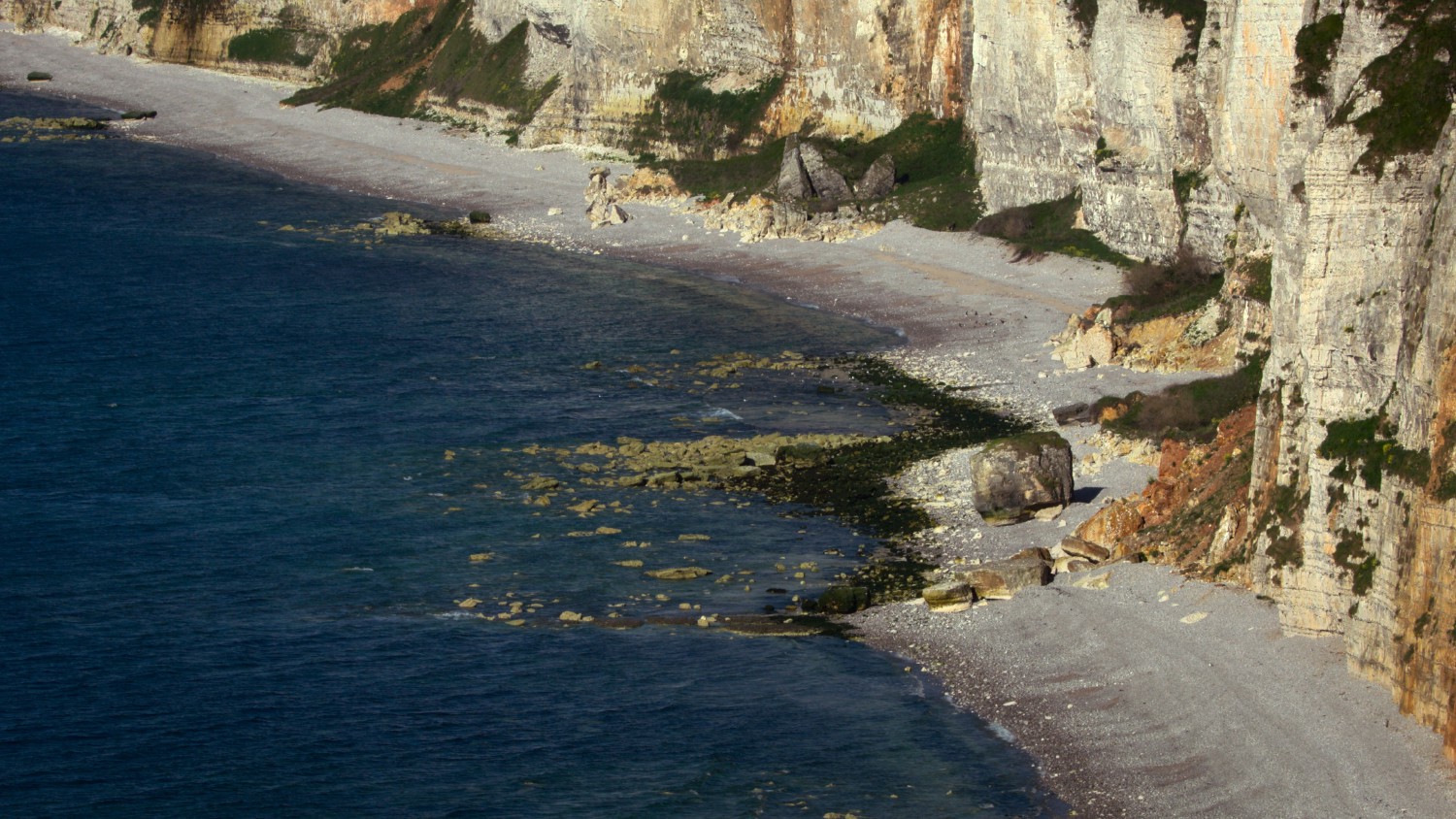Before you go any further...
I've read and accept the Terms of Use and the Privacy Policy.
I accept to receive newsletter and other communications associated with firms of The Explorers Network group'
I accept to receive commercial offers of The Explorers Network partners'.
Thanks!
Vote everyday for your favorite content
SENSITIVE CONTENT
This media contains sensitive content which some people may find disturbing or offensive.
You must be 15 years of age or older to view sensitive content.
Log inBirthday
Content being validated
THE EXPLORERS +
Watch our premium movies
The Explorers + is our premium movie catalog in Ultra High Definition (HD/4K/8K)! Hundreds of videos already available and daily new content on all your devices (web, mobile, tablets, smart TV).
Post content (photo or video) and get 1-month free
OR
Subscribe and support The Explorers Foundation's field actions for biodiversity.

Content being validated
Chalk and flint layers
0
0
In the Upper Cretaceous, some 100 million years ago, the level of the oceans rose above Upper Normandy (656 to 984 ft / 200 to 300 m higher). The drop in sea level that then began and the rise of the ocean floor generated cliffs with successive chalk and flint layers 100 to 300 ft (30 to more than 100 m) high. Chalk resulted from the accumulation of limestone particles or coccoliths over millions of years. The landslides at the foot of the cliffs are due to continental, marine, and biological erosions. The chalk quickly dissolves while the flint turns into pebbles.
Related content

Médias en cours d’exploration

